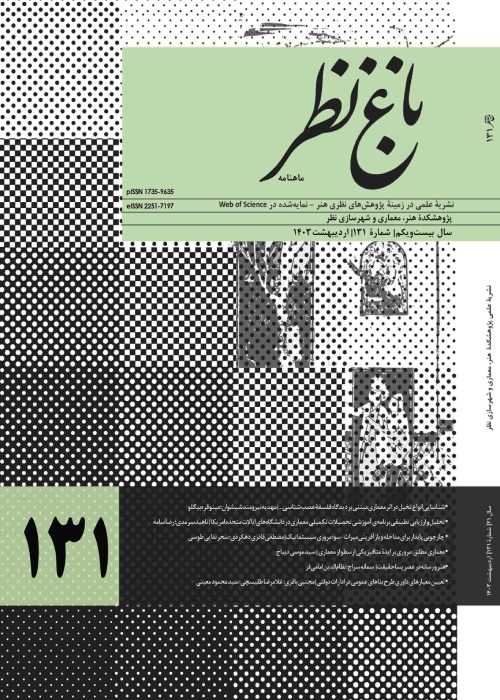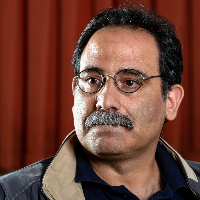Islamic Calligraphy, a Symbol of Resistance to the Process of Westernization (Based on the Theory of Postcolonial Studies)
Problem statement:
Confrontation with the West has facilitated the influence of colonialism on Islamic societies and changing the contextual discourse of the structure of the traditional and social systems has brought about critical and profound changes in all areas, including Islamic culture and art. With the westernization of art education and progress and technology in various industries meanwhile the art of traditional book embellishment flourished.With the westernization of all manifestations of art and related technologies, the traditional art of book embellishment has become less obsolete and led to the “marginalization” of this art. The formation of post-colonial studies, with the “resistance” stance towards power in colonial forms, as well as the rejection of Western academia by some leading Western artists, has challenged the legitimacy of Western principles and aesthetics as a gold standard. Thus, Islamic artists turned again to calligraphy as a symbol of resistance and an element that was born out of Islamic civilization to find identity, and get rid of the consequences of colonialism, and reproduce indigenous culture.
Recognizing the factors that protect islamic calligraphy from colonialism.
This article considers two main factors as effective in examining the cause of Islamic calligraphy resistance against the westernization process. First, the social situations and the search for a new identity, which is the byproduct of post-colonial influences, have led the traditional Art return to the origins and the theory of resistance. Such return has protected the traditional calligraphy from colonialism and cultural imperialism. Second, the quality and the possibilities of creative calligraphy, often coupled with the divine words possess abstract nature in essence and objectivity; it is fused with the treasures of wisdom as well as literature and humanities, and it is adaptable to other Islamic arts and ways of teaching and learning which is ultimately deeply rooted in the tradition and mysticism of Islam. Therefore, it can be concluded that Islamic calligraphy in the contemporary era will be able to maintain its originality and identity if it keeps its creative aspects and maintains its connection with the wisdom of its teachings and traditions.
- حق عضویت دریافتی صرف حمایت از نشریات عضو و نگهداری، تکمیل و توسعه مگیران میشود.
- پرداخت حق اشتراک و دانلود مقالات اجازه بازنشر آن در سایر رسانههای چاپی و دیجیتال را به کاربر نمیدهد.



